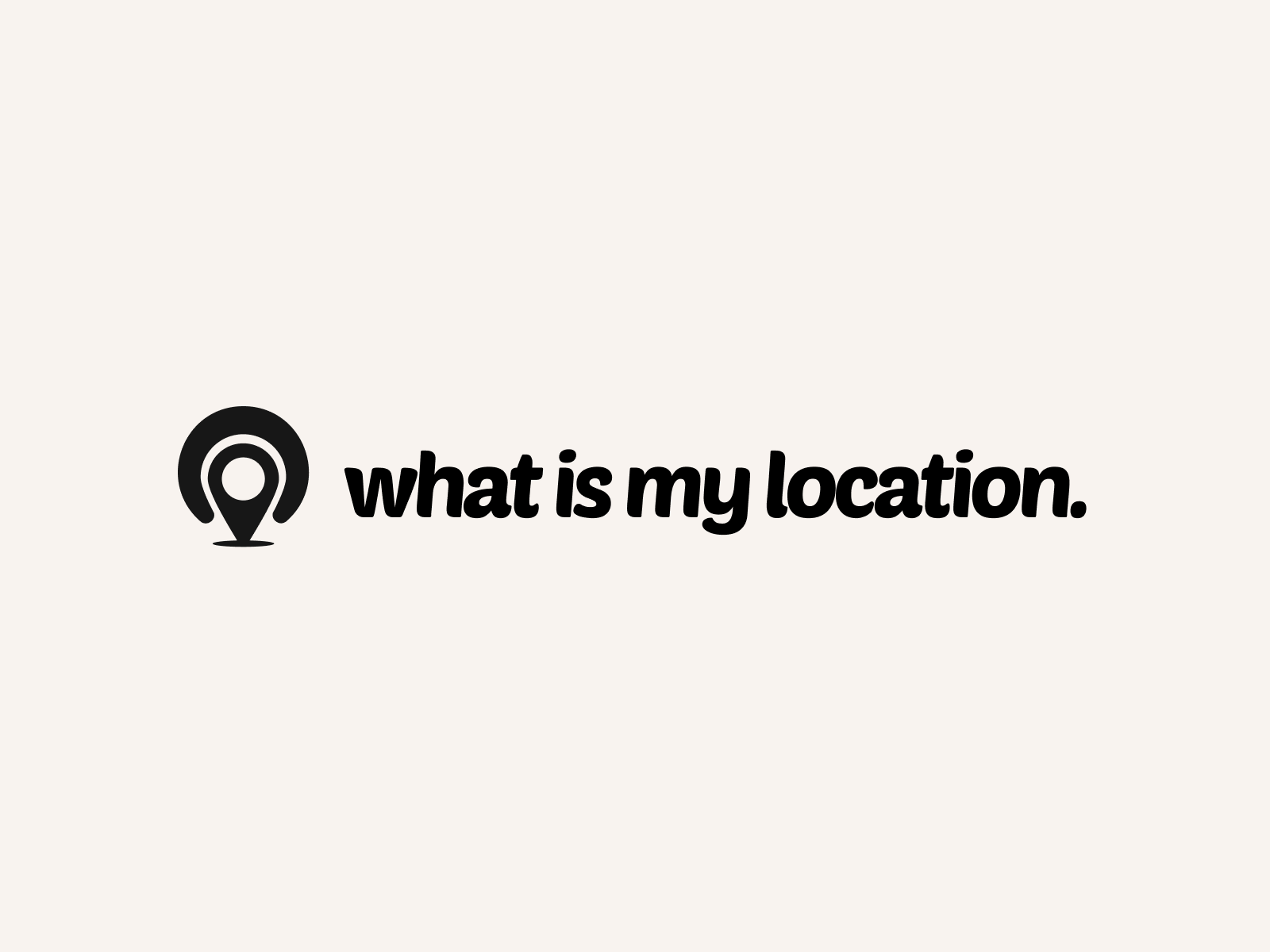Title: [Unlocking the Power of Geofencing: What It Is and How It Works]
Introduction:
In today’s fast-paced, technology-driven world, businesses are constantly seeking innovative ways to engage with their target audience and deliver personalized experiences. One powerful tool that has emerged in recent years is geofencing. In this blog post, we’ll dive into what geofencing is, how it works, and how businesses can leverage this technology to drive engagement, boost sales, and gain a competitive edge.
What is Geofencing?
Geofencing is a location-based technology that allows businesses to create virtual boundaries around specific geographic areas. When a device, such as a smartphone, enters or exits these boundaries, it triggers a predetermined action or notification. This technology enables businesses to deliver targeted messages, promotions, or alerts to users based on their real-time location.
How Does Geofencing Work?
Geofencing relies on a combination of GPS, RFID, Wi-Fi, or cellular data to determine a device’s location. Here’s a step-by-step breakdown of how it works:
1. Define the geofence: Businesses create a virtual boundary around a specific location, such as a store, event venue, or neighborhood, using mapping software.
2. Monitor device location: When a device with location services enabled enters the defined geofence, it is detected by the geofencing software.
3. Trigger an action: Once a device is detected within the geofence, a predetermined action is triggered, such as sending a push notification, displaying a targeted ad, or delivering a personalized offer.
The accuracy of geofencing can vary depending on the technology used and the size of the defined area. GPS-based geofencing tends to be more precise, while Wi-Fi and cellular data-based geofencing may have a larger margin of error.
Applications of Geofencing:
Geofencing has a wide range of applications across various industries. Here are a few examples:
1. Retail and Hospitality: Retailers and restaurants can use geofencing to send promotional offers or coupons to customers when they are near their stores or venues, encouraging them to visit and make a purchase.
2. Event Management: Event organizers can leverage geofencing to deliver event-specific information, such as schedules, maps, or updates, to attendees as they arrive at the venue.
3. Transportation and Logistics: Geofencing can be used to track and monitor vehicle fleets, triggering alerts when a vehicle enters or exits a designated area, helping optimize routes and improve efficiency.
4. Healthcare: Healthcare providers can use geofencing to send appointment reminders or important health information to patients when they are near the medical facility.
Benefits of Geofencing:
Implementing geofencing offers several key benefits for businesses:
1. Targeted Marketing: Geofencing enables businesses to deliver highly targeted and relevant messages to users based on their location, increasing the likelihood of engagement and conversion.
2. Enhanced User Experience: By providing timely and contextual information, geofencing can significantly improve the user experience, fostering loyalty and brand affinity.
3. Increased Foot Traffic: Geofencing can drive foot traffic to physical stores or event venues by enticing nearby users with attractive offers or promotions.
4. Valuable Insights: Geofencing data can provide businesses with valuable insights into customer behavior, preferences, and movement patterns, enabling them to make data-driven decisions and optimize their strategies.
Best Practices for Implementing Geofencing:
To maximize the effectiveness of geofencing, businesses should follow these best practices:
1. Define clear objectives: Determine what you want to achieve with geofencing, whether it’s increasing foot traffic, boosting sales, or enhancing user engagement.
2. Choose the right technology: Select the geofencing technology that best suits your needs, taking into account factors such as accuracy, scalability, and integration with existing systems.
3. Create compelling content: Develop engaging and relevant content for your geofencing campaigns, such as personalized offers, useful information, or interactive experiences.
4. Test and optimize: Continuously monitor and analyze the performance of your geofencing campaigns, making data-driven optimizations to improve their effectiveness over time.
5. Respect user privacy: Ensure that your geofencing practices are transparent and comply with relevant privacy regulations, giving users the option to opt-in or opt-out of location-based services.
Conclusion:
Geofencing is a powerful tool that enables businesses to deliver targeted, location-based experiences to their audiences. By understanding how geofencing works and implementing it strategically, businesses can unlock new opportunities for engagement, drive sales, and gain a competitive advantage. As technology continues to evolve, the potential applications of geofencing will only expand, making it an essential tool for businesses looking to stay ahead in the digital landscape.
Whether you’re a retailer looking to boost in-store traffic, an event organizer seeking to enhance attendee experiences, or a healthcare provider aiming to improve patient care, geofencing can help you achieve your goals. By following best practices and staying up-to-date with the latest trends and innovations in geofencing, you can harness the power of location-based marketing to take your business to new heights.
